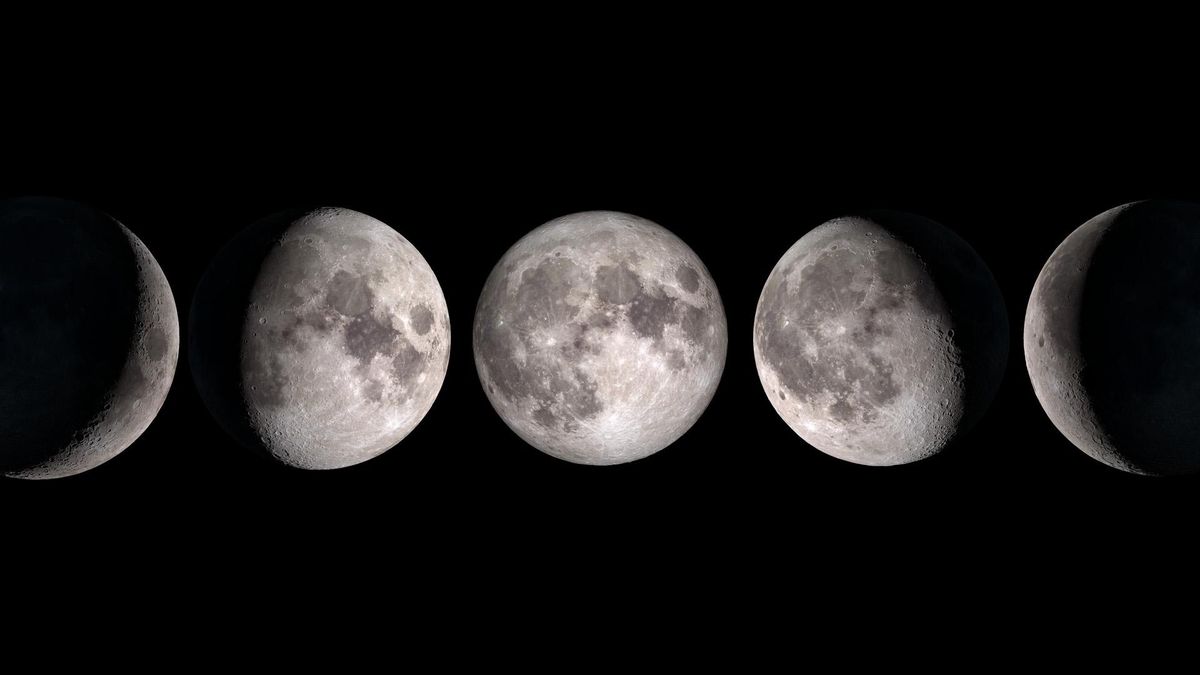Ask Dr. Universe: Why does the moon have phases?

Dr. Universe: Why does the moon have phases? – Manahil, 14, Pakistan
Dear Manahil,
When astronomers looked at the night sky long ago, they also wondered about questions just like this one. You know, I also was curious about why the moon looks so different at various times of the month.
I visited with my friend Jose Vazquez, an astronomer at Washington State University, to learn more about it. He said that the way the moon looks to us has to do with two other objects in our solar system: our sun and Earth.
Vazquez reminded me that each month the moon takes a trip around Earth. It has been making this trip for billions of years.
Let’s imagine that you had a baseball in your hand and your arm was straight out in front of you. Next, you moved your arm to the right until it was reaching out to the side.
Imagine that you let go of the ball, but it didn’t fall. Instead it made a complete circle around you and came back to your hand. This is kind of what the moon does. It makes a full orbit around Earth, which in this case is represented by your head.
Now imagine this was happening in a very dark room. Space is a very dark place, after all. And imagine there was a candle sitting on one side of the room to represent the sun. The moon and Earth are quite close to each other, and the sun is very far away.
If you held the baseball out again in front of the candle, the ball would look dark from where you (earth) stand. That’s because your baseball moon is blocking the light. This is kind of like the phase we call a new moon.
If you moved your ball out to the right again, you would start to see a sliver of light on the ball that curves to the left. This is like the waxing crescent phase. As the candlelight (sun) hits the moon (your ball) in different ways, you see different phases.
If you kept moving that ball in its orbit, you’d then see a moon that looks half lit up called the third quarter. Next comes a waning gibbous, which isn’t quite full but is getting close. This is followed by a full moon.
Then we see another gibbous moon, a half moon, and a crescent moon again – but this time the sliver of light curves to the right. Then we are back to the darkness of a new moon.
The phases of the moon are a reminder that our planet is in motion and interacting with other objects in the solar system. There are a lot of phases of the moon to remember, but I bet you are up for the challenge.
Sincerely,
Dr. Universe
Ask Dr. Universe is a project from Washington State University. Submit a question of your own at askdruniverse.wsu.edu/ask.